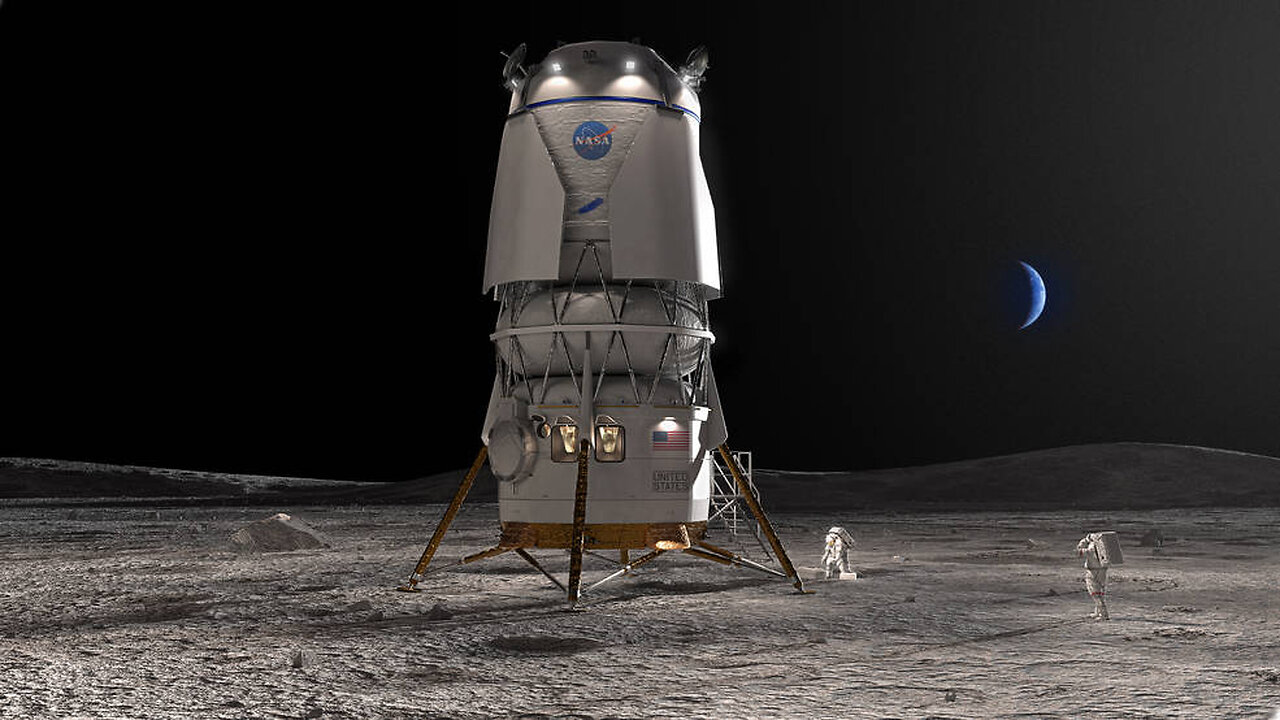Premium Only Content

NASA Explores Earth’s Connections
Earth Science Missions: NASA conducts a wide range of Earth science missions that gather data about our planet's atmosphere, oceans, land, and ice. These missions provide critical information about Earth's climate, weather patterns, and changes in various environmental factors. For example, the "Earth Observing System" (EOS) satellites collect data on atmospheric composition, sea level, land use changes, and more.
Climate Studies: NASA plays a crucial role in studying Earth's climate by monitoring temperature trends, sea level rise, carbon dioxide levels, and other factors that contribute to climate change. The agency's research helps scientists better understand the causes and effects of climate change.
Global Monitoring: NASA satellites monitor various environmental indicators on a global scale, such as deforestation, urbanization, and natural disasters. This data is essential for understanding how human activities and natural processes impact Earth's ecosystems.
Weather Forecasting: NASA contributes to weather forecasting by providing data on atmospheric conditions, such as temperature, humidity, and wind patterns. This information helps meteorologists improve the accuracy of weather predictions and severe weather warnings.
Ocean Studies: NASA's Earth science missions also include observations of Earth's oceans. Satellites track ocean currents, sea surface temperatures, and changes in sea ice extent. This information is vital for understanding ocean circulation patterns and their impact on climate.
Air Quality Monitoring: NASA monitors air quality and pollution levels using satellites that measure pollutants and aerosols in the atmosphere. This information helps governments and organizations make informed decisions to improve air quality and public health.
Natural Hazard Assessment: NASA's observations help in assessing natural hazards like earthquakes, volcanic eruptions, and tsunamis. Satellite data can be used to monitor ground deformation and detect potential signs of imminent geological events.
Ecosystem Studies: The agency studies the interactions between Earth's ecosystems, including forests, oceans, and wetlands. This research helps us understand the complex relationships between different components of the environment.
Space-based Observatories: NASA launches space-based observatories equipped with advanced sensors and instruments that collect data across various spectrums, enabling a comprehensive understanding of Earth's interconnected systems.
Data Sharing and Collaboration: NASA collaborates with other international space agencies and scientific organizations to share data and insights. This collaborative effort enhances our understanding of Earth's systems and their connections on a global scale.
-
 LIVE
LIVE
Phyxicx
9 hours agoFinal Fantasy XIV - Finishing Stormblood - 1/11/2025
1,392 watching -
 9:21
9:21
BlackDiamondGunsandGear
9 hours agoBest of Both AR-15 + Ak47 = CMMG Mutant DISSENT
42.5K8 -
 4:27:23
4:27:23
JdaDelete
19 hours ago $1.29 earnedCool Spot - Sega Saturday + Pizza Tower (Encore)
93.3K6 -
 14:13
14:13
Tundra Tactical
4 hours ago $0.43 earnedMatt Livelsberger: Master Spy or Tragic Downfall?
18.5K5 -
 4:50:45
4:50:45
Rotella Games
10 hours agoMake the Manor Great Again | The Bread Chronicles | Day 2
50.6K2 -
 9:26
9:26
Jamesons Travels
1 day ago $5.60 earnedShawn Ryan CLOWNS Intel Expert & It GETS WEIRD!
48.9K6 -
 2:09:52
2:09:52
Jewels Jones Live ®
1 day agoTRUMP'S GOLDEN AGE | A Political Rendezvous - Ep. 105
71.2K32 -
 1:14:28
1:14:28
Michael Franzese
19 hours agoThe Hidden Cause of LA's Deadliest Fires in 2025?
87.6K168 -
 3:59:45
3:59:45
Bitcoin Sports Network
12 hours agoMax & Stacy Invitational Day 2 Part 1 - LIVE from El Salvador
145K11 -
 1:34:30
1:34:30
The Criminal Connection Podcast
5 days ago $2.62 earnedEL PACO: Gypsy Family Wars, Bare Knuckle Boxing, Assassinations and Spirits!
71.3K4